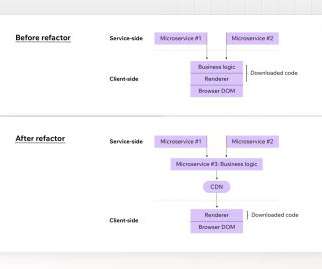How Improving Website Performance Can Help Save The Planet
Smashing Magazine
JANUARY 15, 2019
How Improving Website Performance Can Help Save The Planet. How Improving Website Performance Can Help Save The Planet. The Mozilla Internet Health Report 2018 states that — especially as the Internet expands into new territory — “sustainability should be a bigger priority.” Jack Lenox.












Let's personalize your content